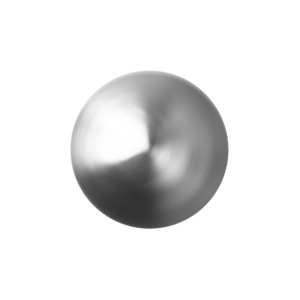What is 316 Marine Grade Stainless Steel?
Marine grade stainless-steel is a 316 type of stainless-steel that contains Molybdenum as part of the alloy. Molybdenum is what gives this particular type of stainless steel its corrosion-resistant properties. An added benefit is that 316 has very little response to magnetic fields, making it ideal for situations where a non-magnetic metal is required.
However, standard 316 is not entirely rust-proof, but it does provide layers of protection over and above other grades of stainless-steel. Variations of 316 have properties that lend themselves more effectively to different applications based on their composition.
There are 3 sub types of 316 stainless steel:
- 316L
- 316F
- 316N
The letter after each 316 denotes a property of the alloy and its differing composition.
316L Stainless Steel
Low carbon – Great for use in high-temperature applications and medical implants due to its sensitisation resistance.
316F Stainless Steel
Free machining grade – Used in automatic machine parts such as screws and processing equipment in the pharmaceutical field. This grade has reduced molybdenum but increased phosphorus and sulphur.
316N Stainless Steel
This grade is high in nitrogen which gives it a much higher resistance to pitting and corrosion in folds, and areas where moisture may collect. Often used for devices that handle chemicals.
The term marine-grade stainless steel is commonly used when describing 316 stainless steel, but it’s important to recognise that there is no single industry standard to which they all adhere, and all compositions of 316 differ.
For stainless-steel installations near the seashore, 316L is regarded as the minimum standard for corrosion resistance. Installations in coastal areas with less rainfall will see more corrosion than those with high rainfall, due to the collection of chloride that can remain on the steel.
The stainless-steel products we supply are manufactured from marine grade stainless-steel 316L to provide that added corrosion resistance, durability and peace of mind.



